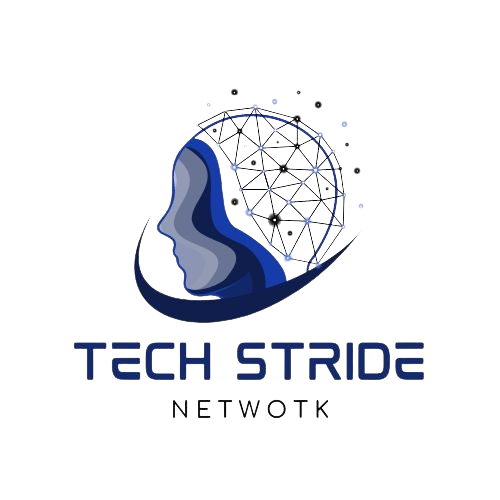Have you ever wondered where your phone stores all those pictures, apps, and music? Or how your car remembers your favorite radio station settings? The answer might surprise you: it’s all thanks to a little something called silicon storage technology.
Don’t let the technical term fool you, silicon storage is a fascinating invention that underpins countless technologies we use every day. But what exactly is it, and how does it work? Buckle up, tech enthusiasts, because we’re about to dive deep into the world of silicon storage!
Super Flash: The Unsung Hero of Memory
Silicon storage technology utilizes a type of memory called flash memory, specifically a kind known as NOR flash. Unlike the RAM in your computer that forgets everything when you power it down, flash memory is non-volatile. That means it retains data even after you turn off the device.
Think of it like a high-tech notepad – you can write things down (store data) and come back to them later, even if you close the notebook (turn off the device). But here’s the cool part: with flash memory, you can also erase and rewrite information, making it super versatile.
Silicon Storage Technology (SST) is a company that has been at the forefront of flash memory innovation. Their brainchild, SuperFlash technology, is a reliable and adaptable form of NOR flash memory. It’s like the heavy-duty version of the notepad analogy – it can withstand a lot of wear and tear while still keeping your data safe.
From Tiny Devices to Powerful Machines: Where You’ll Find Silicon Storage
So, where exactly do we encounter silicon storage in action? The answer is pretty much everywhere! Here are just a few examples:
- Your Smartphone: From those hilarious cat videos to your most cherished memories, silicon storage holds all the data on your phone.
- Your Car: Ever wonder how your car remembers your seat position or climate control preferences? Silicon storage makes it possible.
- The Internet of Things (IoT): Those smart devices buzzing around your home? From smart speakers to connected thermostats, silicon storage helps them function.
- Artificial Intelligence (AI): The ever-evolving field of AI relies heavily on silicon storage to train and store complex algorithms.
These are just a few examples, and as technology continues to evolve, we can expect silicon storage to play an even bigger role in powering the future.
Also Visit: Who is iamnobody89757
The Future is Bright (and Speedy) for Silicon Storage
The world of silicon storage is constantly pushing boundaries. Here’s a glimpse of what’s on the horizon:
- Faster Speeds: Imagine downloading a movie in seconds! New developments in silicon storage promise even faster data transfer rates.
- Higher Densities: Need more storage for all those high-resolution photos and videos? Silicon storage is constantly increasing its capacity to hold more data.
- Lower Power Consumption: Worried about your battery life? Future silicon storage solutions will be more energy-efficient, extending device usage time.
These advancements are exciting not just for consumers, but also for innovators. With more powerful and efficient storage options, developers can create even more amazing gadgets and technologies in the years to come.
Must Visit: Mini Militia Old Version
Getting Personal: Why I Find Silicon Storage Fascinating
As a tech enthusiast, I’m constantly amazed by the ingenuity behind everyday technologies. Silicon storage is a prime example. It’s a seemingly simple concept – storing data – but the impact it has on our lives is profound.
Think about it: silicon storage allows us to capture precious moments, connect with loved ones across the globe, and access information at our fingertips. It’s a testament to human creativity and problem-solving, and it fuels the innovation that shapes our world.
Frequently Asked Questions about Silicon Storage
Is silicon storage the same as RAM?
No, although both are forms of computer memory, they have key differences. RAM is volatile (loses data when powered off) and faster for everyday tasks, while silicon storage (flash memory) is non-volatile and better suited for long-term data storage.
Is silicon storage secure?
While generally secure, silicon storage can be vulnerable to hacking attempts. Manufacturers are constantly developing security measures to protect user data.
What are the limitations of silicon storage?
Compared to hard disk drives (HDDs), silicon storage is generally more expensive and has a limited number of write/erase cycles. However, advancements are addressing these limitations.
What’s the difference between NOR and NAND flash memory?
Both are types of flash memory, but NOR offers faster read speeds and the ability to execute code directly from the storage, while NAND is denser and more cost-effective for bulk data storage.
Conclusion: A Tiny Tech Giant with Big Potential
Silicon storage technology might not be the flashiest component in our devices, but it’s undeniably a vital one. From enabling our favorite gadgets to empowering cutting-edge fields like AI, silicon storage plays a critical role in shaping the technological landscape. As it continues to evolve, offering faster speeds, higher capacities, and lower power consumption, the possibilities for innovation are truly endless.

